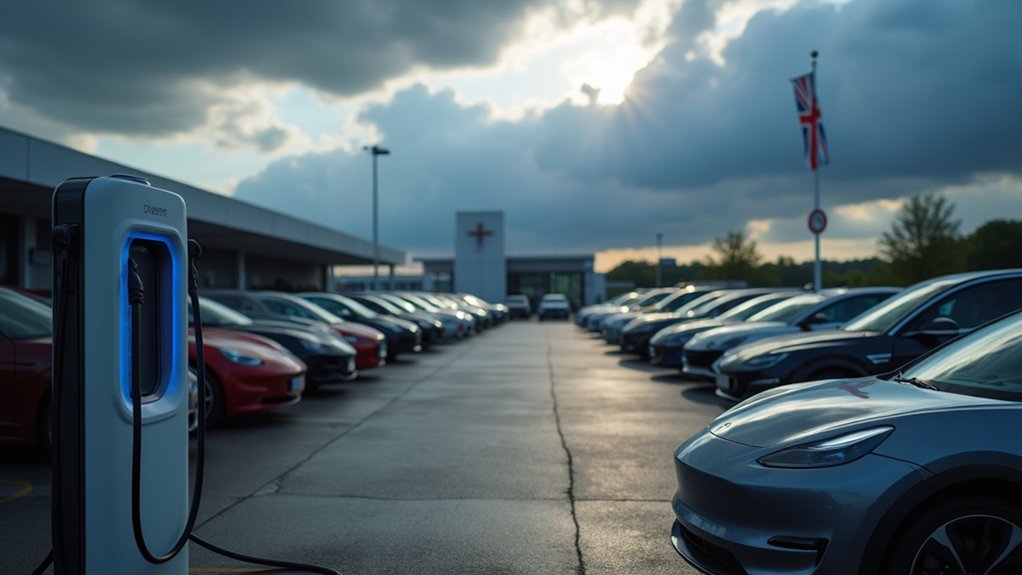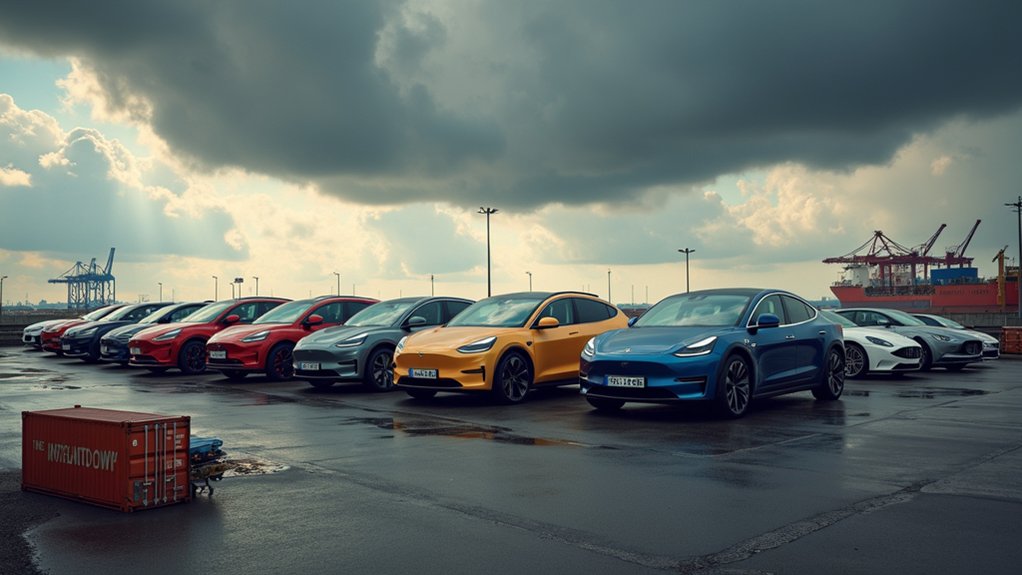Three massive economic shockwaves have rippled through global markets following the implementation of Trump’s sweeping tariff policy, which establishes a 10% baseline on all imports effective April 5, 2025. The most immediate impact has been the customized reciprocal tariffs imposed on major trading partners—China faces a staggering 54% tariff, while the European Union and Japan confront 20% and 24% respectively. I’ve observed that only NAFTA partners Canada and Mexico remain exempt from these measures.
The economic rationale behind this policy centers on addressing the persistent U.S. goods trade deficit, which Trump’s administration claims has gutted American manufacturing. By implementing these tariffs under the International Emergency Economic Powers Act, the administration aims to revitalize domestic production capacity and reduce dependence on foreign supply chains. The policy specifically targets the unsustainable crisis of the $1.2 trillion goods trade deficit recorded in 2024. The tariffs function like a catalytic converter for the economy—filtering out unfair trade practices while boosting internal combustion of manufacturing growth. With these measures, overall U.S. tariff rates are expected to reach the highest level in a century, exceeding 20% on imported goods.
Tariffs serve as America’s economic catalytic converter—filtering foreign competition while igniting domestic manufacturing growth.
Global financial markets have responded with predictable volatility. The Dow Jones has slumped, while multinational corporations scramble to reconfigure their supply chains. European nations and China have signaled potential retaliatory measures, threatening to engage the transmission on a full-scale trade war. Companies operating on just-in-time manufacturing principles face particularly acute disruptions.
For American consumers, the tariffs may translate into higher prices across sectors, from electronics to apparel. Economists project increased inflationary pressure, though protected industries could see employment gains.
The policy marks a seismic shift away from the post-WWII trade consensus toward a more unilateral approach. The economic suspension system that has supported global trade for decades is being recalibrated under this policy.
While potentially boosting domestic manufacturing in the short term, the long-term implications remain uncertain. What’s clear is that Trump’s tariff policy represents more than a temporary adjustment—it’s a fundamental realignment of global trade dynamics that could permanently alter how nations engage in commerce.









